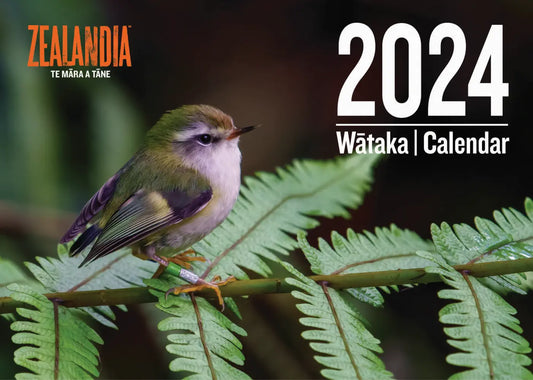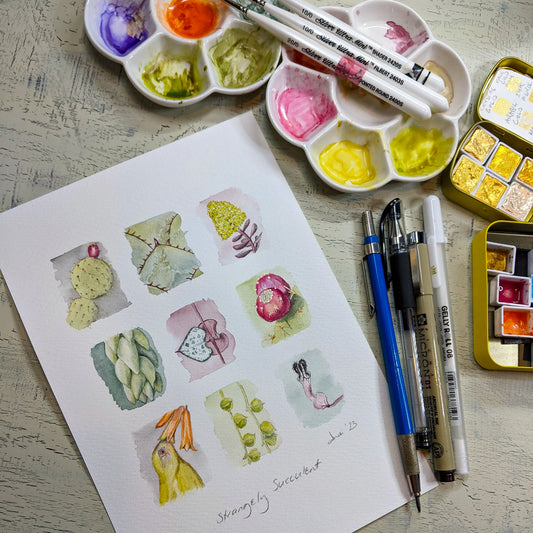BEFORE GOING TO THE FRAMERS
Think about where you'll hang it and make some measurements. Take a photo on your phone too, so the framer can see the colour of your wall. If you have other art hanging nearby, take photos of them too so the framer gets a sense of your style.
Have at least a rough idea of your budget range, and do give the framer an indication of whether you're looking for a low cost frame, mid-range, or something a bit special.
IT'S THE THING YOU CAN'T SEE THAT'S MOST IMPORTANT - THE GLASS
Plain glass is the cheapest, but is reflective. I don't know about you but reflections drive me crazy! It makes it so much harder to fully appreciate the print and the texture of the paper. Plain glass doesn't protect against UV light either, so your print will fade faster. Some people do like the shiny finish though - if that's you, then you've saved yourself some bucks!
I recommend the next step up, which is UV70 glass. It is anti-reflective and has 70% UV protection. It makes a HUGE difference in reducing (most, but not all) reflections, especially if you've bought a dark tūī print like the one above.
The fancier glass is of course more expensive. But I'd rather you chose a simpler frame and got the nice glass, rather than vice-versa. So a neat trick to reduce the cost is to reduce the area the glass has to cover. And that may mean using a narrower mat or no mat at all (the mat is the the cardboard frame between the print and the outer frame).
Less area = less glass = lower cost.
A simple 8cm wide mat on a 20x20cm print doubles your glass cost because the area goes from 400 to nearly 800 square cm.
If you choose to just use a frame with no mat, ask the framer to use "spacers". Spacers are plastic risers that sit between the frame (hidden just under the edge) and the print so the print isn't resting directly against the glass.
HOW TO CHOOSE A FRAME AND A MAT
There are also online framing configurators to experiment with, though the exact colours can be hard to reproduce on regular computer monitors. Pioneer Framing and Van Uffelen are both ones to try. Although they are designed for you to upload digital images, I believe you can also play with the configurators to work out what you like, then send them your print to frame. (I have some open edition prints from the "Flights of Fancy" series on Pioneer where you can choose my preferred framing or design your own.)
WHY DOES FRAMING COST SO MUCH?
HAVE FUN WITH YOUR FRAMING
When I first started getting art framed, I was so scared of making a bad decision and I was also reluctant to invest in getting quality framing. But after making hundreds of TinyArt pieces, I've tried so many weird and wonderful frames that I'm far more adventurous. I love trying new frames and fancy extras. A number of the framed prints I have in galleries have these extra touches because I love seeing my art beautifully presented and I know that it can be hard for customers to visualize how a print might look.
Some interesting things to try, once you've got your confidence up, include:
- Adding a filet, which is a fancy added molding (often in a gold or silver finish) that fits inside the frame edge or between the mat and the print.
- Getting fancy with your mat. You can stack mats on top of one another, each one recessed to show the one underneath. They can be different colours (e.g., a plain white/cream top mat and a coloured mat below that picks out a colour from the print), but I love a triple-cream stack.
- Cutting the mat with offset corners (looks fancy but is actually quite easy for your framer), or even going circular.
- Try floating the art over the mat for an interesting shadow-box effect.
- Some framers can print onto the mat itself, which opens a world of possibilities. I glue handmade washi papers to some of my TinyArt pieces for a totally unique look.
CAN'T I JUST BUY A FRAME AT BRISCOES?
You can also buy pre-made frames online. They're usually a bit better quality and the mats are usually acid-free, but in my experience, the frames tend to chip easily. They're actually expensive for the quality of the materials used. It can be a bit of a faff to mount the print too.
If you do decide to frame yourself, find or borrow an air puffer (every photographer has one) and a brand new microfibre glass cleaning cloth to help you remove dust.
FINAL HINTS
Do get in touch with the artist and ask what type of framing and which framers they recommend. Some artists (me included) will even arrange the framing for you. I don't have that as an option in my shop as framing costs vary so much, so I prefer to have a chat with you first.
If you buy a print as a gift, consider getting a framing gift-certificate to go with it! (Or consider a TinyArt piece, which I created especially for gifts, where the recipient doesn't need to worry about framing.)
If you're an artist looking for help with framing, check out this other blog on exhibition and gallery framing hints.














